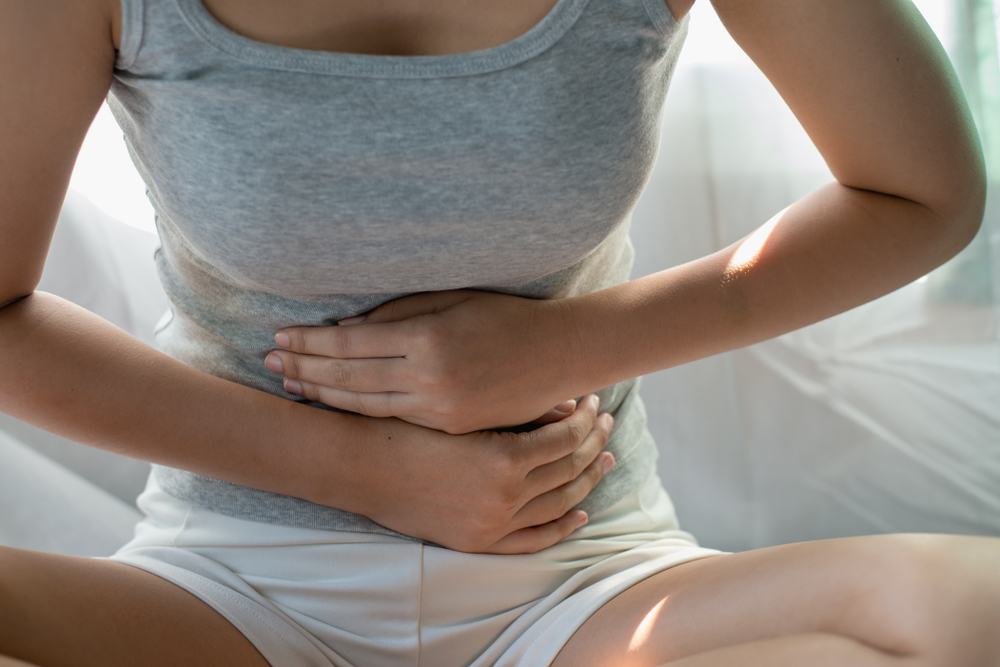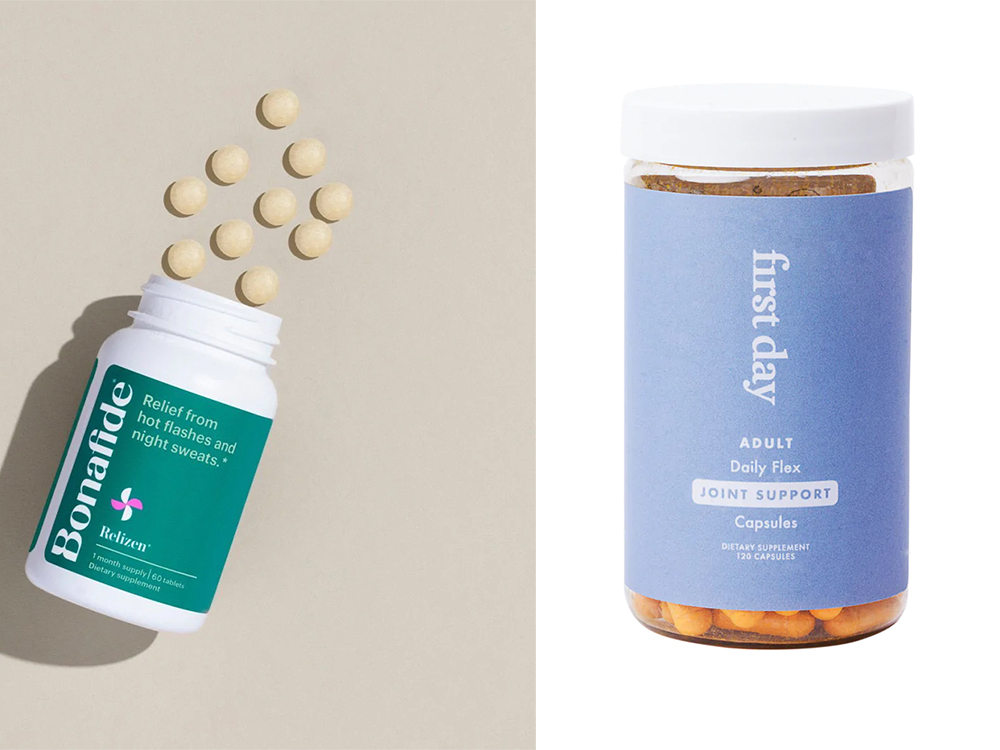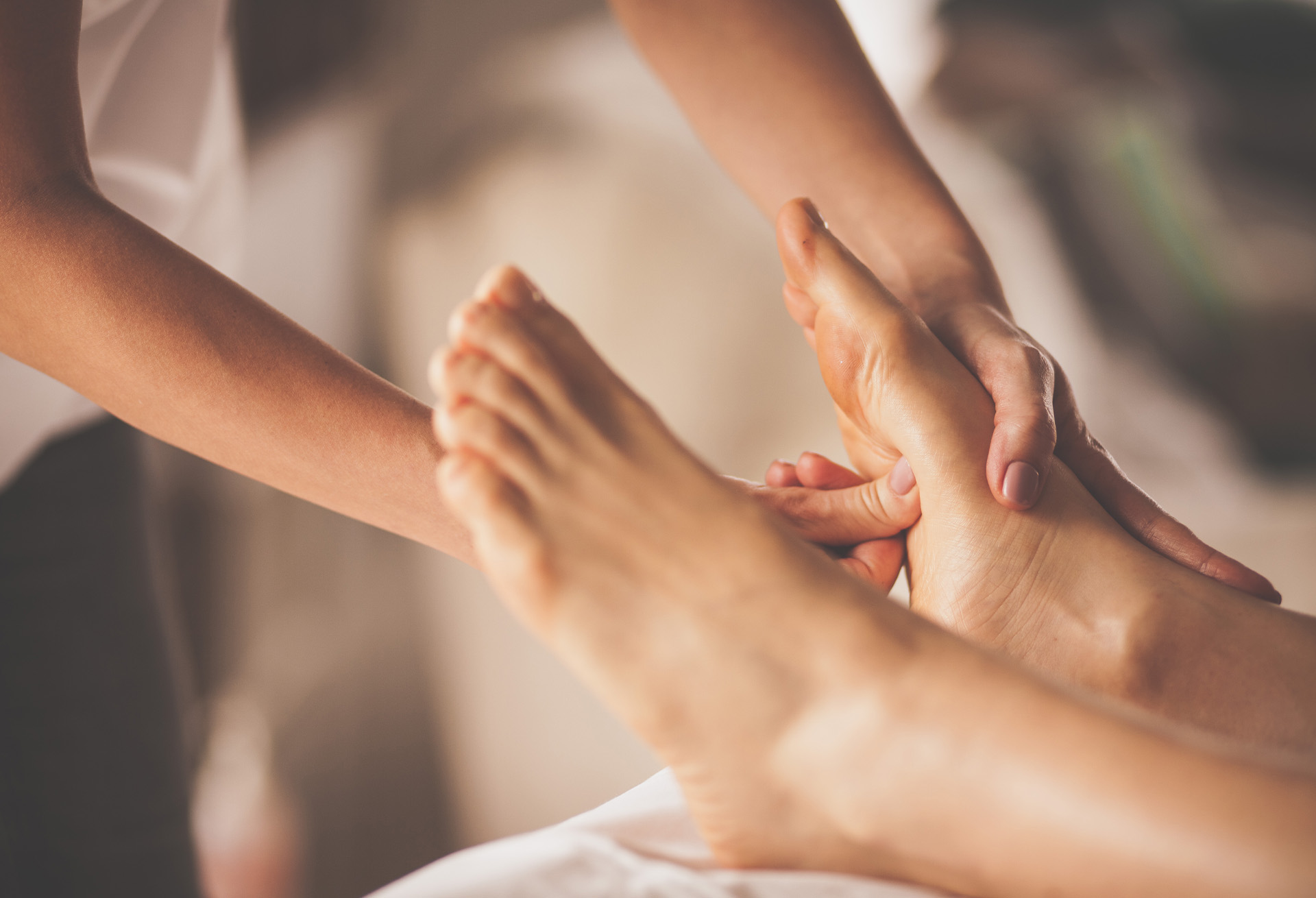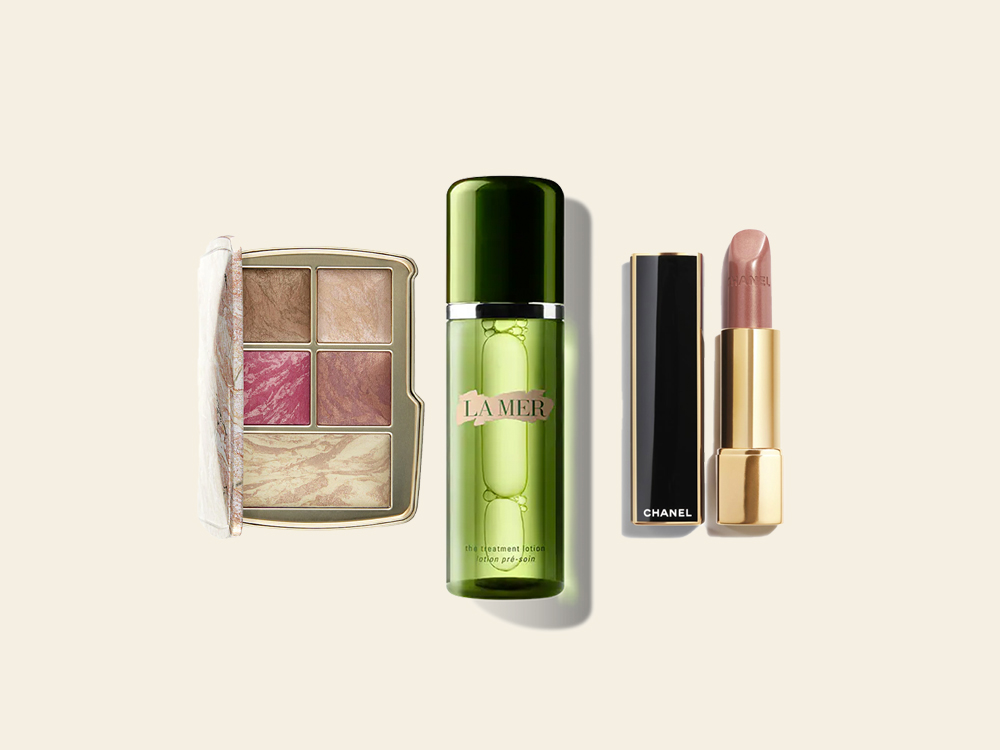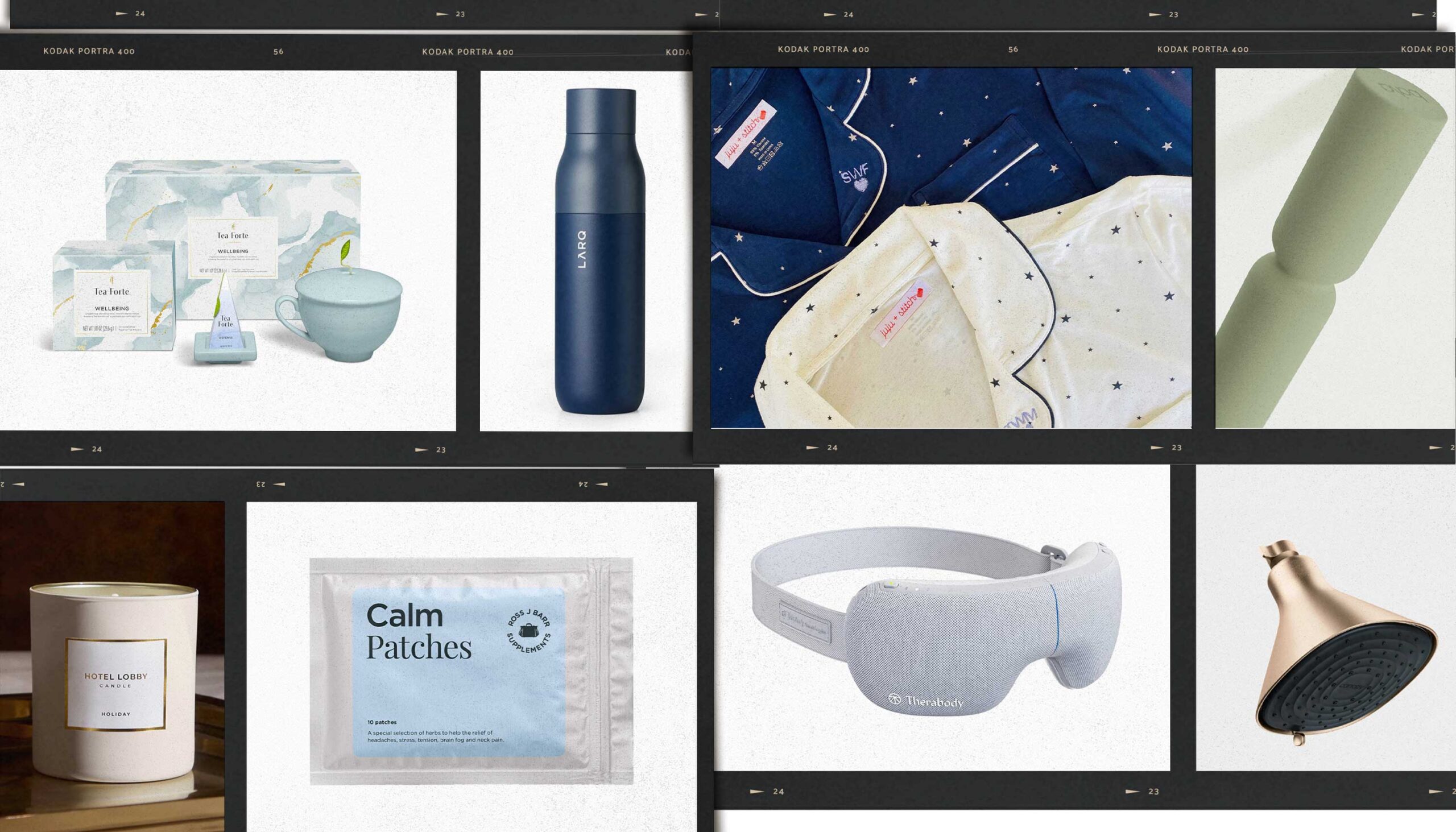Responsible for what many call a pain “worse than childbirth,” kidney stones are on the rise says a new study published in the journal Mayo Clinic Proceedings, with the highest increase in cases occurring in women aged 18–39. Kidney stones are quite common and its estimated that one in 10 people will develop a kidney stone at one time in their life, but according to the new study findings, the likelihood of that happening is now double for women under 40.
Hard objects formed from chemicals in urine (like calcium, oxalate, urate, cystine, xanthine and phosphate), these little painful stones are actually crystals that attract and join together with other elements that form a solid mass. Tiny stones are flushed out of the body through urine, but those that don’t can grow larger and cause pain and problems in the kidney, bladder or urethra.
You May Also Like: If You See These Two Words On Your Supplement Bottle, You Should Rethink Taking Them
Researchers found that women were twice as likely to get kidney stones due to chronic urinary tract infections, a common infection in women. When the same study was conducted in 1984, 62 women (aged 18–39) in every 100,000 had been diagnosed with kidney stones. In 2012, that number quadrupled to 252 women. Although men do face a risk of forming kidney stones as well, many times aggravated by blockage of the prostate gland, but their numbers only doubled during that same time span.
The study authors do attribute the increase in diagnoses over the last three decades to better imaging technology like computed tomography (CT) scans and ultrasound detection. In a Mayo Clinic news release, lead study author Dr. Andrew Rule said that through the use of CT scans, “we are now diagnosing symptomatic kidney stones that previously would have gone undiagnosed because they would not have been detected.”
Important to note is that the study findings only apply to Caucasians, the race with the highest risk of developing stones, as the study participants were mainly white. Other racial groups are not represented in the findings.
To avoid developing stones, drinking lots of water is key. Consuming the often recommended eight glasses of water a day will help you pass two liters of urine a day, which will flush out any possible stone formations. Although infections and family history are important, dietary changes (like avoiding too much salt and animal protein and increasing your calcium intake), exercise and water consumption are your best bets for preventing an agonizing pain “worse than childbirth.”
